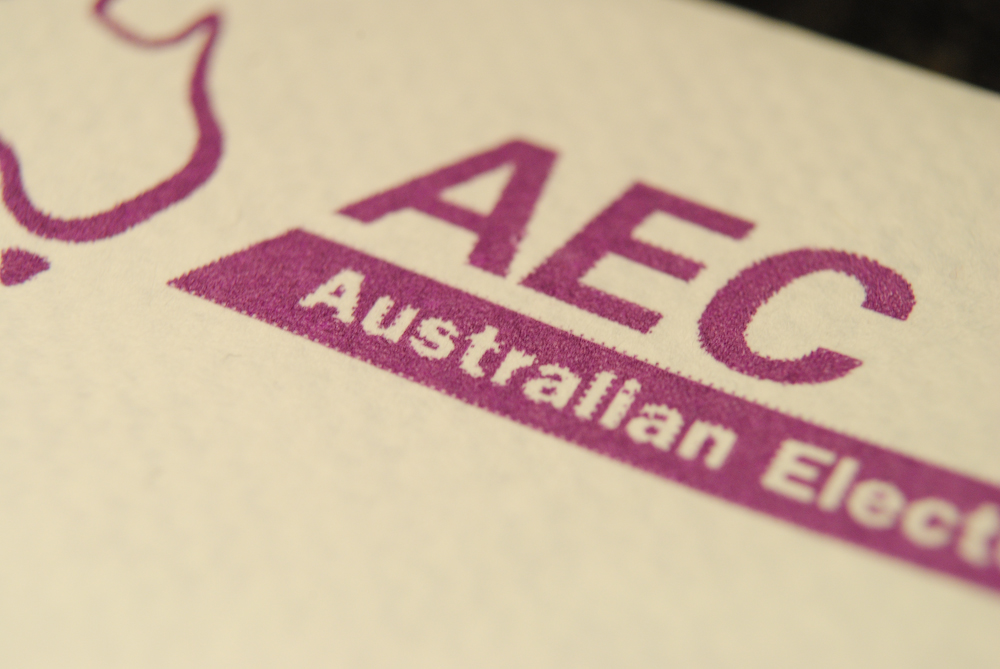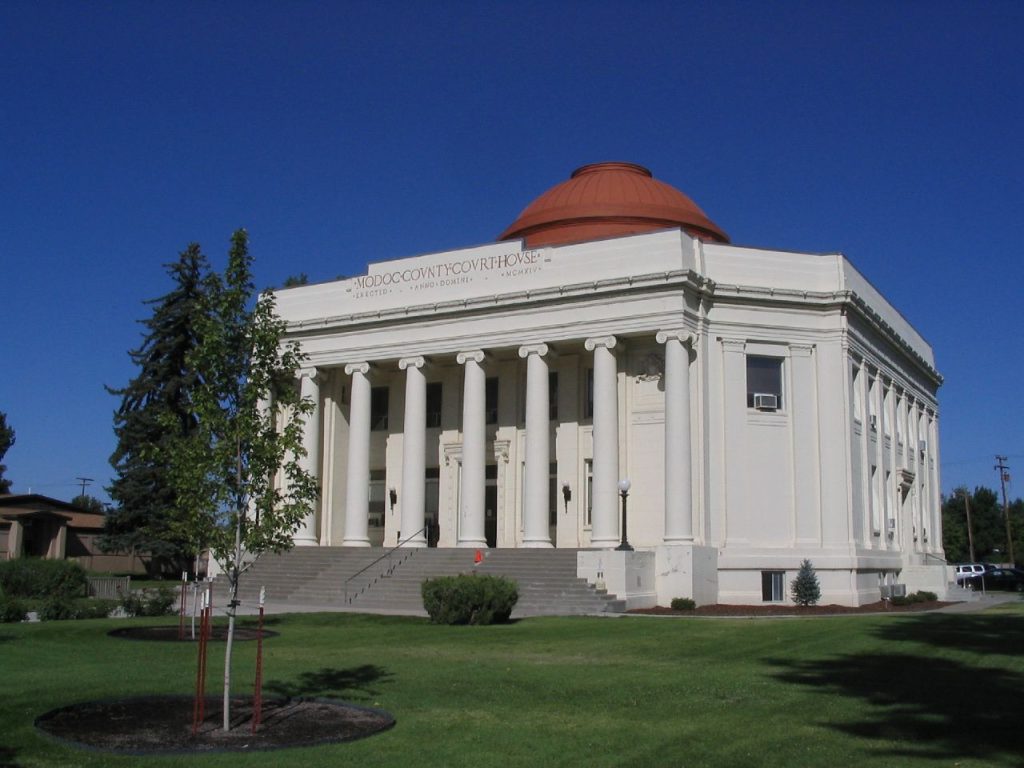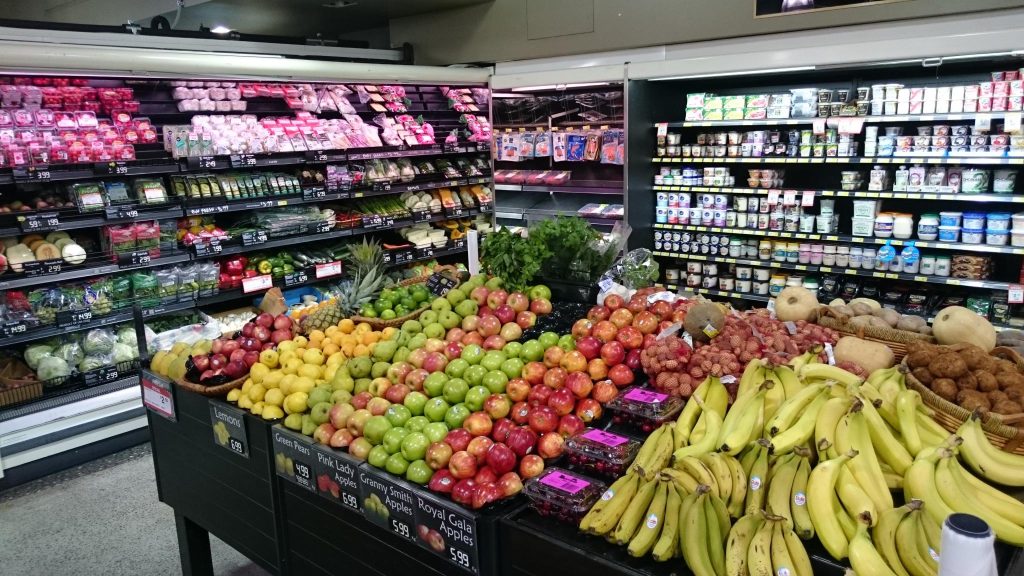Tomorrow, Australians will vote in a referendum to decide if an Indigenous Voice to Parliament will be enshrined in the constitution.
As this is the first referendum since 1999, there are a few questions that people may have about where to vote, how to vote, and how to find information about the voice. We’ll break it down here.
Where do I vote?
Like the federal election, voting must be done in person or via a postal vote. Applications have already closed for postal votes and must have been sent in already.
If you are overseas and are eligible to vote, most Australian embassies will have voting stations set up there. The Australian Electrical Commission (AEC) website has the details of all overseas polling stations.
To vote in person you must attend an official polling place. To find your nearest polling station, visit the AEC website and type in your suburb.
How do I vote?
You will receive a ballot paper when you walk into the polling station. On the ballot paper, there will be a section with a box, and you will have to write out a ‘YES’ or ‘NO’ in English for your vote to count.
The AEC says there are rules called vote saving provisions “which allow for a vote to be counted when the instructions have not been followed but where the voter’s intention is clear”. A tick may be counted as a Yes vote but a cross will not be counted. This is based on legal advice from 1988.
However, the AEC instructs voters to write ‘YES’ or ‘NO’ on the ballot paper, saying not to “leave your vote up to chance or to be potentially questioned”.
How can I learn more before I vote?
There are many articles and videos online explaining and debriefing what each side of the referendum is campaigning and what are the potential effects of a successful referendum.
One important piece of information that voters should be aware of is the 2017 Uluru Statement From The Heart, which outlines Indigenous people beliefs that they need their voice to be heard in parliament. This is also where the idea for this referendum originated from.
The Australian Human Rights Commission (AHRC) released an article linked with nine important documents that will help educate voters about the referendum.
7AM did a podcast explainer on The Voice along with some articles which helps summarise a lot of information about it. On YouTube, SBS had a panel answer questions for just under an hour from audience members about the referendum and how it could help Australia in the future.
What needs to happen for the referendum to succeed?
There are two outcomes that need to be met for a referendum to successful. The first outcome is that over half of the Australian population needs to vote for the change to occur.
Then the referendum needs a majority of states to vote in favour of the change. This means that at least four states need to be in favour of change, otherwise the referendum will fail. The Northern Territory and the ACT votes count towards the national vote but do not count as one of the states.
Photo: Democracy by Dean Browne is available HERE and is used under a Creative Commons license. This photo has not been modified.







